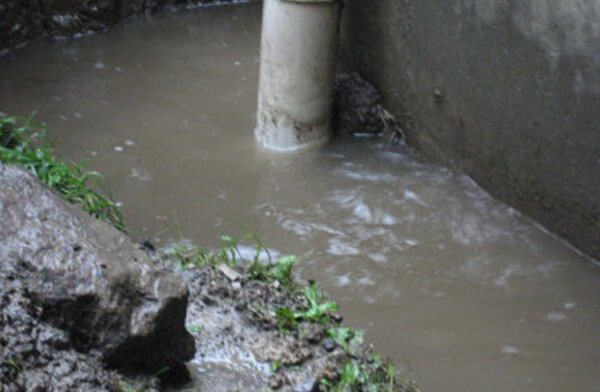Just how to Check If Your Home Has a Surprise Leak
Just how to Check If Your Home Has a Surprise Leak
Blog Article
How do you actually feel in regards to Detecting hidden plumbing leaks?

Early detection of dripping water lines can minimize a potential catastrophe. Some small water leaks might not be noticeable.
1. Check Out the Water Meter
Every house has a water meter. Inspecting it is a guaranteed manner in which aids you uncover leaks. For starters, turn off all the water sources. Guarantee no one will flush, use the faucet, shower, run the washing machine or dish washer. From there, most likely to the meter as well as watch if it will transform. Given that no person is utilizing it, there need to be no activities. That indicates a fast-moving leakage if it relocates. Likewise, if you spot no changes, wait an hour or two and also examine back once more. This indicates you may have a slow leakage that can also be below ground.
2. Check Water Consumption
Assess your water bills and also track your water consumption. As the one paying it, you need to discover if there are any discrepancies. If you find sudden changes, in spite of your usage being the same, it means that you have leakages in your plumbing system. Keep in mind, your water costs must drop under the same variety every month. An abrupt spike in your costs suggests a fast-moving leakage.
On the other hand, a stable increase every month, despite having the exact same behaviors, reveals you have a sluggish leakage that's likewise gradually rising. Call a plumber to completely check your home, particularly if you feel a cozy area on your flooring with piping beneath.
3. Do a Food Coloring Examination
When it concerns water intake, 30% originates from toilets. Examination to see if they are running properly. Decrease flecks of food shade in the tank and wait 10 mins. There's a leakage in between the tank and dish if the shade somehow infiltrates your dish throughout that time without flushing.
4. Asses Outside Lines
Don't forget to examine your exterior water lines too. Should water permeate out of the link, you have a loose rubber gasket. One tiny leakage can lose heaps of water as well as spike your water costs.
5. Analyze the situation and also check
House owners ought to make it a habit to examine under the sink counters as well as also inside cupboards for any bad odor or mold and mildew growth. These 2 red flags show a leakage so prompt focus is required. Doing regular evaluations, also bi-annually, can save you from a significant issue.
Check for stainings and also weakening as most devices and also pipelines have a life expectancy. If you think leaking water lines in your plumbing system, don't wait for it to intensify.
Early detection of dripping water lines can minimize a potential disaster. Some tiny water leaks may not be visible. Inspecting it is a guaranteed method that assists you uncover leakages. One tiny leakage can throw away tons of water and spike your water bill.
If you think leaking water lines in your plumbing system, don't wait for it to escalate.
WARNING SIGNS OF WATER LEAKAGE BEHIND THE WALL
PERSISTENT MUSTY ODORS
As water slowly drips from a leaky pipe inside the wall, flooring and sheetrock stay damp and develop an odor similar to wet cardboard. It generates a musty smell that can help you find hidden leaks.
MOLD IN UNUSUAL AREAS
Mold usually grows in wet areas like kitchens, baths and laundry rooms. If you spot the stuff on walls or baseboards in other rooms of the house, it’s a good indicator of undetected water leaks.
STAINS THAT GROW
When mold thrives around a leaky pipe, it sometimes takes hold on the inside surface of the affected wall. A growing stain on otherwise clean sheetrock is often your sign of a hidden plumbing problem.
PEELING OR BUBBLING WALLPAPER / PAINT
This clue is easy to miss in rooms that don’t get much use. When you see wallpaper separating along seams or paint bubbling or flaking off the wall, blame sheetrock that stays wet because of an undetected leak.
BUCKLED CEILINGS AND STAINED FLOORS
If ceilings or floors in bathrooms, kitchens or laundry areas develop structural problems, don’t rule out constant damp inside the walls. Wet sheetrock can affect adjacent framing, flooring and ceilings.
https://www.servicemasterbyzaba.com/blog/how-to-detect-water-leakage-in-walls/

As a reader on Hacks to detect leaks, I was thinking sharing that article post was worthwhile. So long as you liked our blog entry if you please make sure you remember to pass it around. We thank you for reading our article about Finding hidden leaks.
Report this page